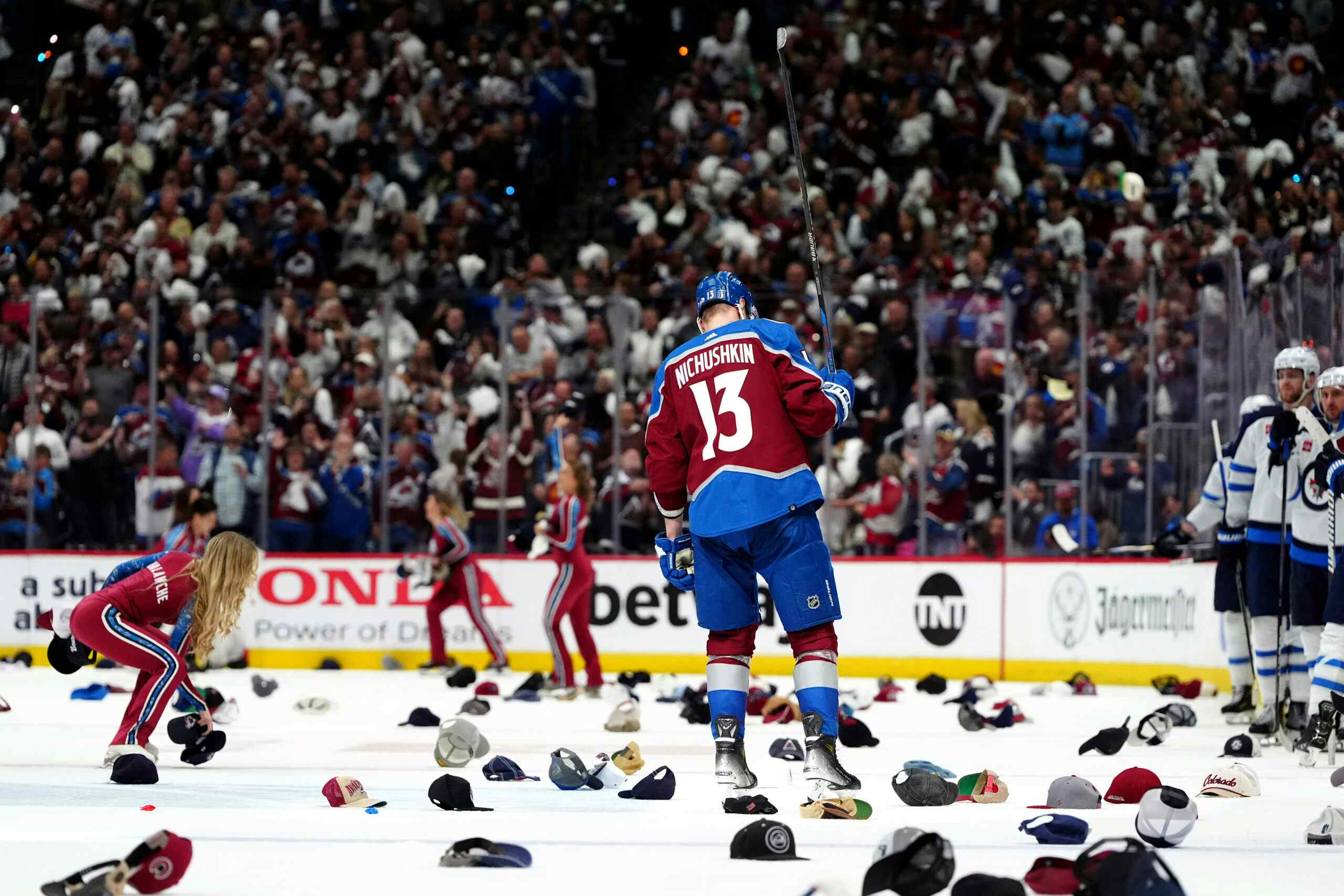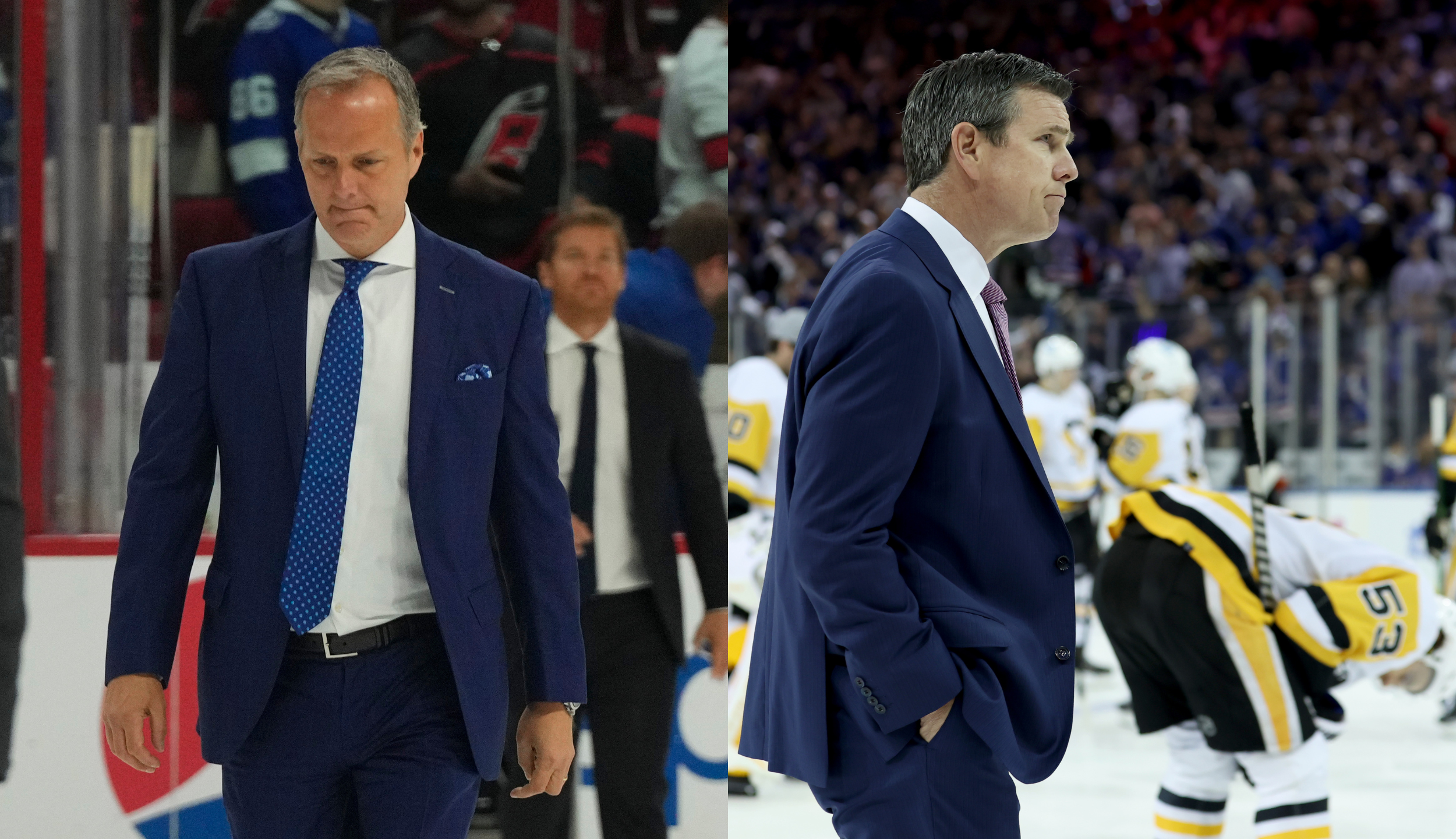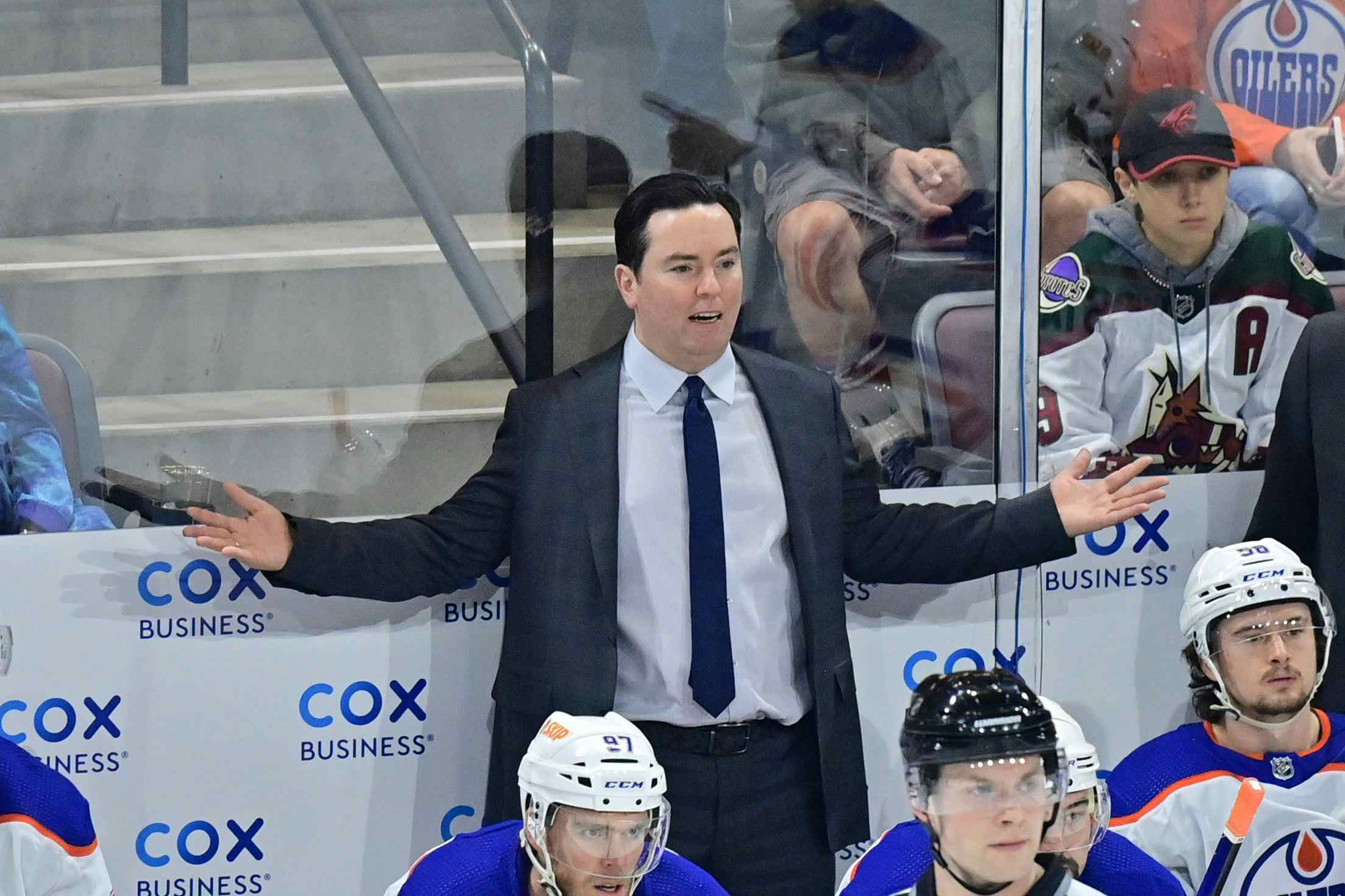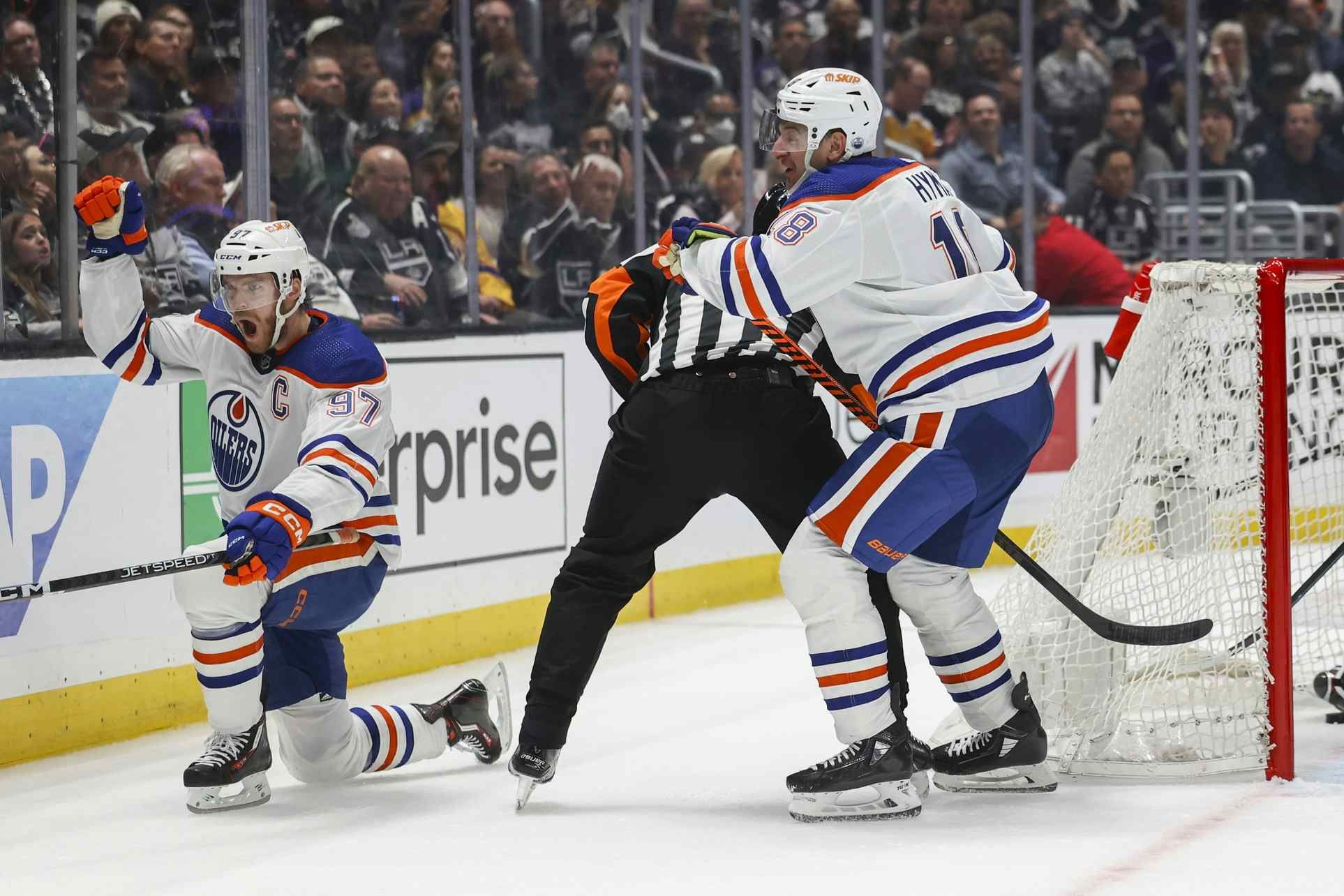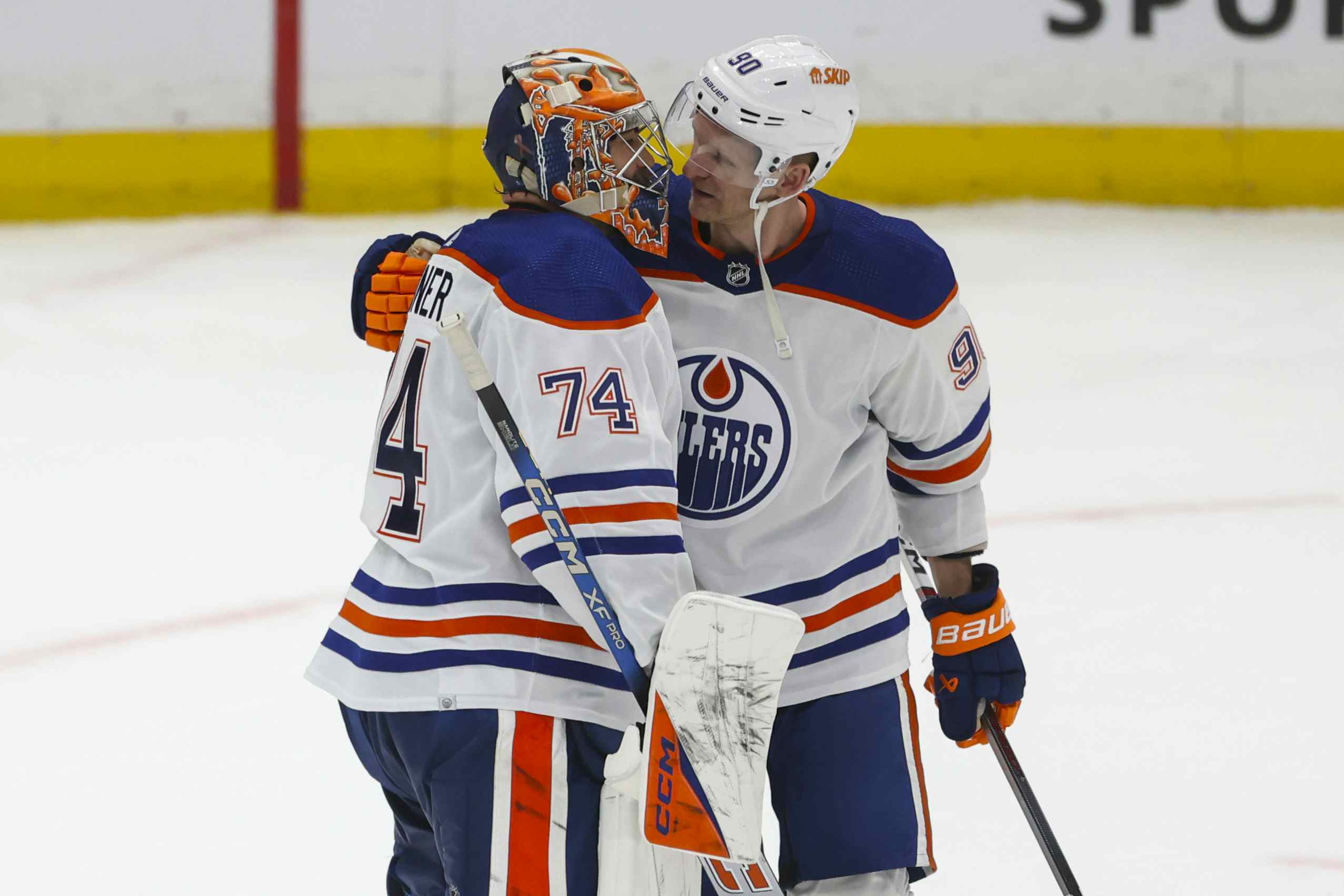Free Agency: It’s a $70 million Cap World, Now
It’s difficult to wrap one’s mind around the economics of an NHL with a salary cap ceiling of $70.2 million. It was just a little over six years ago, after all, that the ceiling was $39.0 million coming out of the lockout, and salaries have escalated apace.
The contracts signed today are going to seem crazy, but the trick is to view them in the context of the salary cap (often, they’re still crazy, but typically much less so).
Take, for instance, the Paul Gaustad deal. My initial, immediate reaction was that the dollars were crazy, but it’s not nearly the overpay I thought it was. Let’s compare it to the (admittedly rich) deals that the Oilers offered Fernando Pisani and Ethan Moreau.
Moreau was signed to a four year contract extension early in the 2006-07 season, a deal with an annual cap hit of $2.0 million per year. The salary cap that season was $44.0 million – and as we learned in the fallout of Ryan Smyth’s first departure, the Oilers didn’t really expect it to keep escalating. That $2.0 million represented 4.5% of the Oilers’ cap room – $3.2 million in today’s terms.
The Oilers signed Pisani to a four-year extension in the summer of 2006 on a deal with an average cap hit of $2.5 million per year. Again, we’ll use the $44.0 million salary cap for the season ahead, and once again we need to realize that the Oilers didn’t expect things to keep going up. That deal represented 5.7% of the Oilers’ cap room – $4.0 million in today’s terms.
Paul Gaustad is a better player today than either Moreau or Pisani was on the day the Oilers signed him (though the Oilers’ vision was likely clouded by Pisani’s insane shooting percentage in the 2006 playoffs). He inked a deal with an annual cap hit of $3.25 million – easily in the same range as those two players, and I would argue less of an overpay than either Moreau or Pisani received from Edmonton.
It’s the same logic that got Ales Hemsky $5.0 million per year. What would he get as a free agent today? It’s going to be worth watching what the UFA wingers sign for – it’s a thin class, and as players get inked it will thin out even more. Players with talent are going to get paid because it’s a limited marketplace, teams are trying to reach the salary floor, and other teams suddenly have tons of cap room thanks to the rise in the ceiling.
The dollars are going to seem crazy. It’s just important to keep them in perspective.
This week by Jonathan Willis
- Jay Grossman talks about the Khabibulin contract
- The UFA market for defensemen: it’s going to get ugly
- Ralph Krueger: in the driver’s seat
- Oilers’ development camp invites
- Jets re-sign Ondrej Pavelec, pay top dollar
- Oilers issue qualifying offers to seven
- Report: Oilers interested in Blackhawks’ defenseman Niklas Hjalmarsson
- The 2012 NHL Entry Draft: Recap
- Should the Oilers have made a pitch for Zbynek Michalek?
- The Oilers select forward Mitch Moroz 32nd overall
- The Jets select Lukas Sutter 39th overall
- The Canucks select Alexandre Mallet 57th overall
- The top five ranked players left after the end of the first round
Recent articles from Jonathan Willis

